Altitude Sickness in Nepal Trekking: What You Really Need to Know
Altitude sickness is real—but avoidable. Here’s how to acclimatize safely and confidently while trekking in Nepal’s high Himalayas.
Bipin
6/25/20252 min read
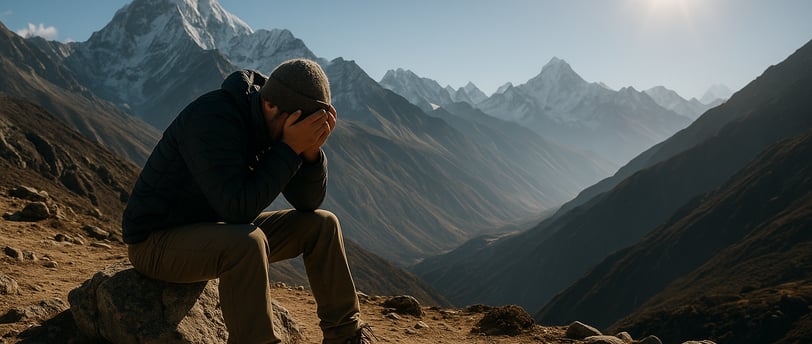

Altitude Sickness in Nepal Trekking: What You Really Need to Know
Let’s clear the fog:
Altitude sickness is real.
But it’s not something to fear—it’s something to respect.
With the right pace, knowledge, and planning, you can trek confidently through Nepal’s highest trails without putting your health at risk.
Here’s your no-nonsense, fear-free guide to altitude and acclimatization.
What Is Altitude Sickness (AMS)?
Altitude sickness, or Acute Mountain Sickness (AMS), is your body saying:
“Hey, we’re gaining elevation too fast. I need time to catch up.”
It can show up as:
Headache
Nausea
Dizziness
Loss of appetite
Trouble sleeping
Severe forms like HAPE or HACE are rare—but can be life-threatening if ignored.
When Does Altitude Sickness Usually Start?
Symptoms typically begin above 2,500m
Serious risk increases after 3,000–3,500m if not acclimatized
That’s why most Nepal treks are designed with acclimatization days built in.
Golden Rules of Acclimatization
Climb High, Sleep Low
→ Take side hikes to higher spots, but sleep at lower elevations.No More Than 500m Elevation Gain Per Day
→ Especially above 3,000m.Rest Every 3 Days
→ Take a full rest day (or two) to let your body adjust.
4.Hydrate More Than Usual
→ Drink 3–4 liters per day.
5.Listen to Your Body
→ Never push through symptoms. Descend if needed.
Treks That Require Serious Acclimatization
Everest Base Camp
Three Passes Trek
Annapurna Circuit (Tilicho Side)
Manaslu Circuit
Upper Mustang / Dolpo
Even these treks are totally doable—with the right plan and guide.
Medication: Should You Take Diamox?
Diamox (Acetazolamide) is commonly used for prevention.
Start 1 day before high ascent
125mg–250mg twice daily
Not a cure—still follow acclimatization rules!
Talk to a travel doctor before your trip for guidance.
Real Trekker Tip
“My guide had us walk to a stupa at 4,200m after lunch—just for 40 mins. We slept at 3,800m that night and felt perfect. That one side hike saved us.”
– Tomáš, 108Escapes guest, EBC trek
What to Do If You Feel Sick on the Trail
Tell your guide immediately
Stop ascending
Rest, hydrate, and monitor
If symptoms worsen—descend 300–500m minimum
Never feel guilty. Smart trekkers descend.
That’s what keeps them alive.
Final Thought: Respect Altitude, Reap the Views
Altitude is part of the magic. It slows you down. It humbles you.
But with knowledge and care, it doesn’t have to stop you.
Plan smart. Listen close. Breathe deep.
The mountains reward patience.
Want a Trek Built for Safe Acclimatization?
👉 Explore Safe-Altitude Itineraries
👉 Ask a Trek Planner for Acclimatization Help
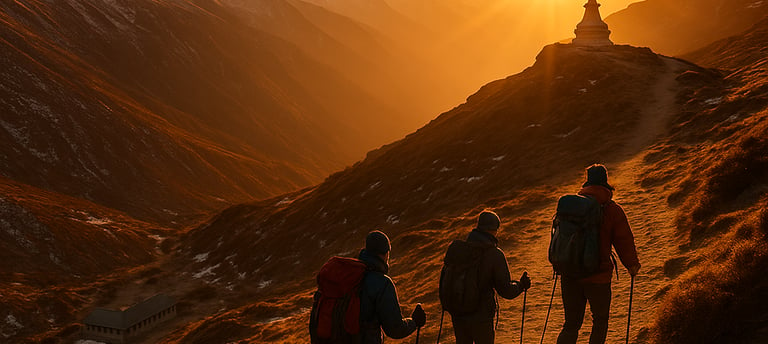

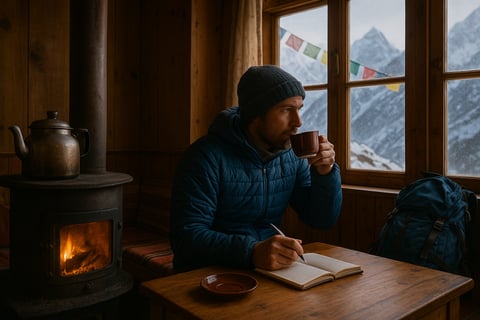

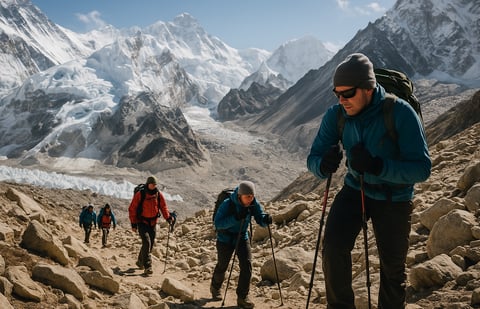

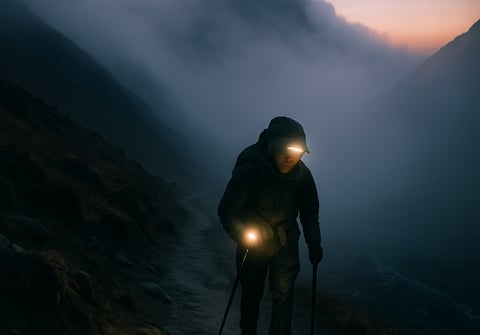

Explore
Connect
TRAVEL GUIDE
contact@108escapes.com
+491781019576
© 2025. All rights reserved.
EVEREST TRAVEL GUIDE
ANNAPURNA TRAVEL GUIDE
MANASLU TRAVEL GUIDE
LANGTANG TRAVEL GUIDE
